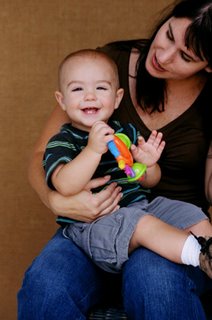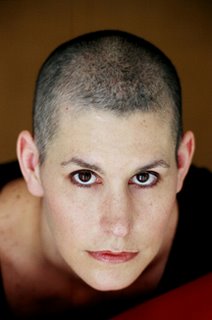Saving my future children:

One day after my breast tumor was removed in my first of two surgeries to remove cancer from my breast and lymph nodes, I began fertility treatments known as IVF (in vitro fertilization). Over the next two and half weeks I would give myself daily injections of very expensive fertility drugs that would eventually cause me to super ovulate 10 eggs at once which were harvested by my fertility doctor under twilight anesthesia. Those eggs would be put into a pietre dish and combined with my husband’s sperm. If the eggs fertilized, they would be immediately cryopreserved (i.e. frozen). The treatments were not without risk to me, and that risk was duly noted by my husband and doctors. You see my type of cancer is receptive to estrogen. That means that it responds and grows more rapidly with exposure to estrogen. The fertility treatments caused my estrogen to spike to very high levels during the 10 days that I injected myself with fertility drugs. However, after much discussion with my oncologist, we decided that due to the temporary duration of the estrogen spike, it was an acceptable risk to take in order to harvest and preserve some of my eggs. Unfortunately, only 3 of my 10 eggs properly fertilized with my husband’s sperm, leaving me with a less than a 30% chance of getting pregnant in the future using these frozen embryos. I was devastated. The thought of not having any more children seemed to crush my soul. Was it not enough that my cancer was taking away half of one of my breasts, all the lymph nodes (and the sensation under one of my arms), not to mention the temporary loss of all of my hair? After three of the darkest days in my life, I decided that I was not going to take this lying down. I was going to fight. I decided to fight for the lives of those unborn children that I knew were inside me. So I began to research again. I knew that I would have to put off my chemotherapy for a couple weeks if I were to try to do anything else to preserve my fertility. Also, I knew that spiking my estrogen posed an undefined risk to me. So, I went back to http://www.fertilehope.org/ and found the name of a doctor in New York that specializes in fertility treatments for cancer patients. In a phone consultation he told us that our best option was to repeat another IVF cycle prior to my chemotherapy. This time, however, he would put me on a drug called Letrazol that he had been using for a clinical trial. The Letrazol would suppress my estrogen during the IVF cycle. This was very exciting news. Even better news was that he could supervise the cycle by phone in coordination with my fertility doctor in Austin. So we began again after receiving approval from my oncologist that postponing chemotherapy did not pose any serious risk to my life. I again produced 10 eggs. However, this time 9 of the 10 were fertilized and frozen. That meant that I had a total of 12 frozen. I was joyful! My doctor assured me that I now had enough embryos for at least two pregnancies. Now I could face what lye ahead with a clear mind. So two days after surgery to harvest my second set of eggs, I began chemotherapy.

